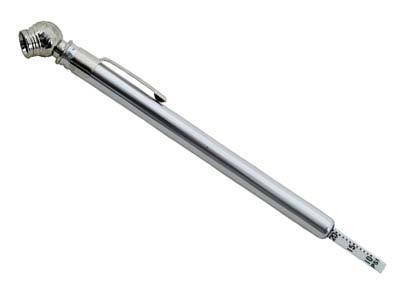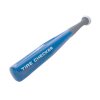jspilot
Cleared for Takeoff
- Joined
- Oct 22, 2011
- Messages
- 1,346
- Display Name
Display name:
jspilot
Today I flew to 44N( sky acres) for a morning breakfast. I eat and came back out the the plane while another guy was parking next to me. He had 2 guys in the plane and his nose wheel looked really low on air- Like near flat. I told him about it to help him out and he was very worried. Here's the thing, when the occupants were not in the plane the tire did not look so bad at all, but when he climbed up into the plane, to have his buddy look it got bad again. That got me thinking, how can you effectively check the tire pressure in the tire when it clearly changes a lot based on weight? Empty planes are usually what we are looking at when pre-flighting but this situation got me thinking that it may be easy to miss an under inflated tire, especially the nose tire since I rarely ever climb down there to push on it during preflight.
I've always been taught that in a 172, you should be able to place 4 fingers parellel to the ground between the top of the strut and the wheel. Of note, his plane was a Cherokee so I'm not sure that guideline applies. I'm sure he got it repaired but I left with a question to ask to other, more experienced pilots.
I've always been taught that in a 172, you should be able to place 4 fingers parellel to the ground between the top of the strut and the wheel. Of note, his plane was a Cherokee so I'm not sure that guideline applies. I'm sure he got it repaired but I left with a question to ask to other, more experienced pilots.
Last edited:


